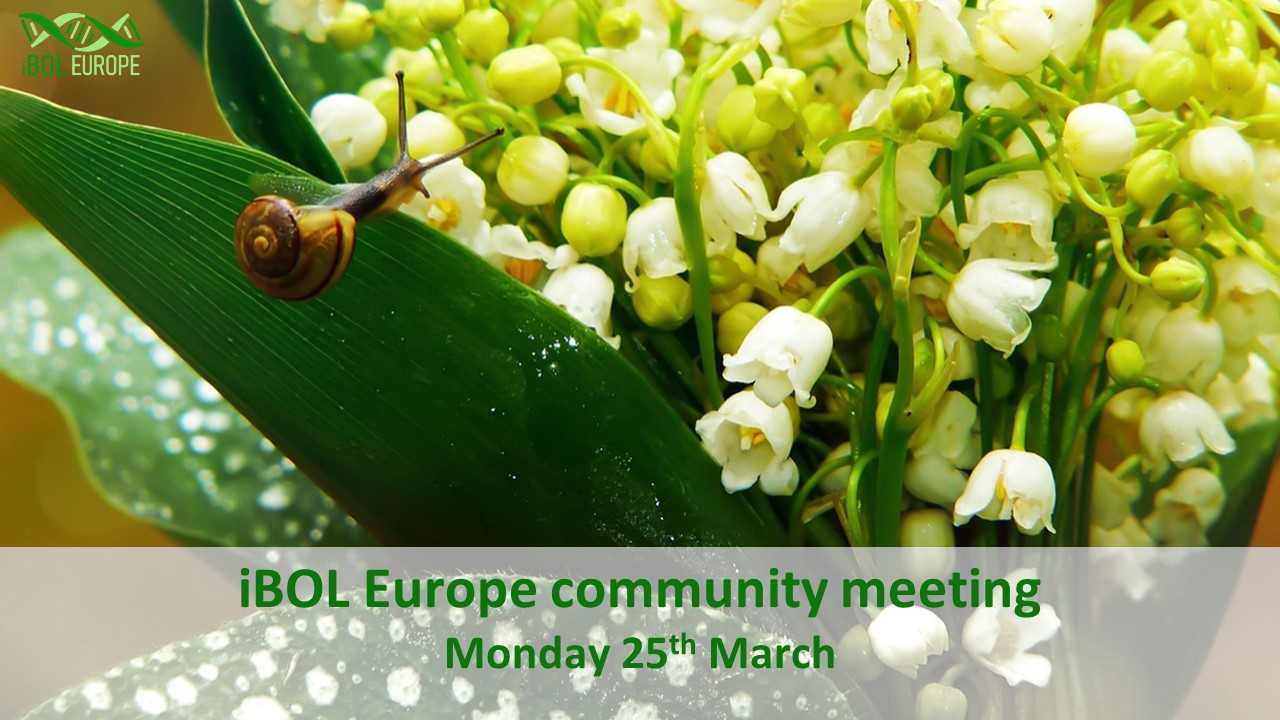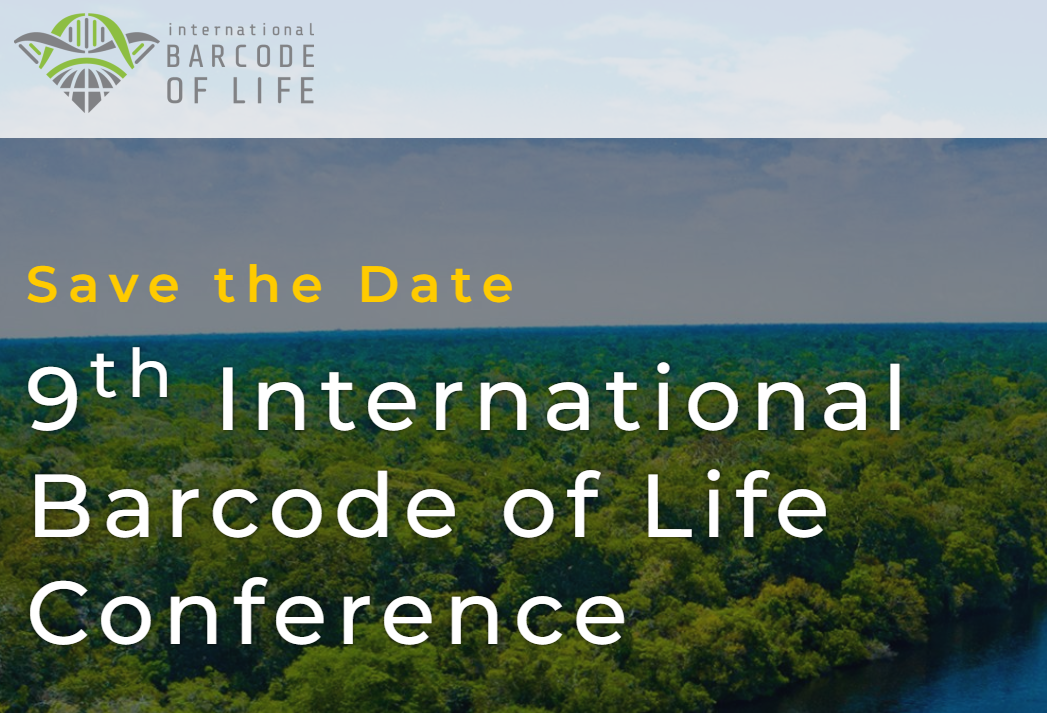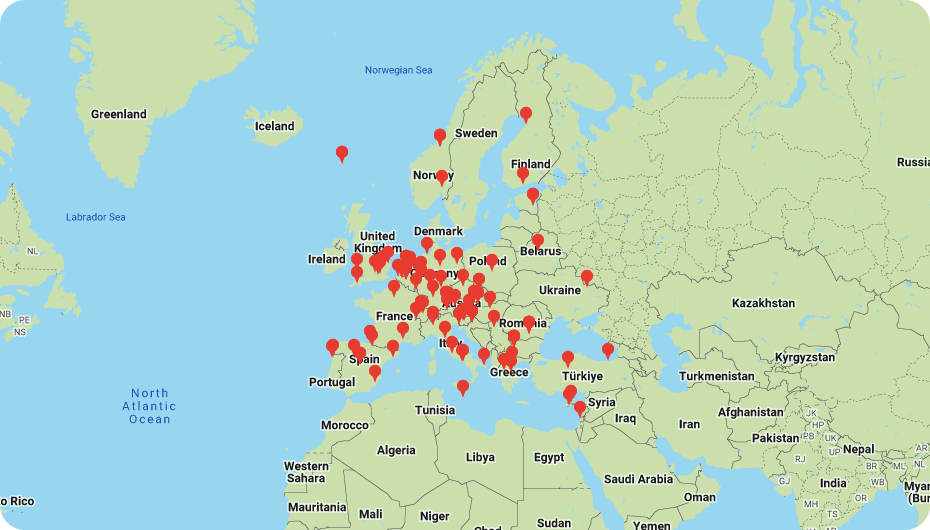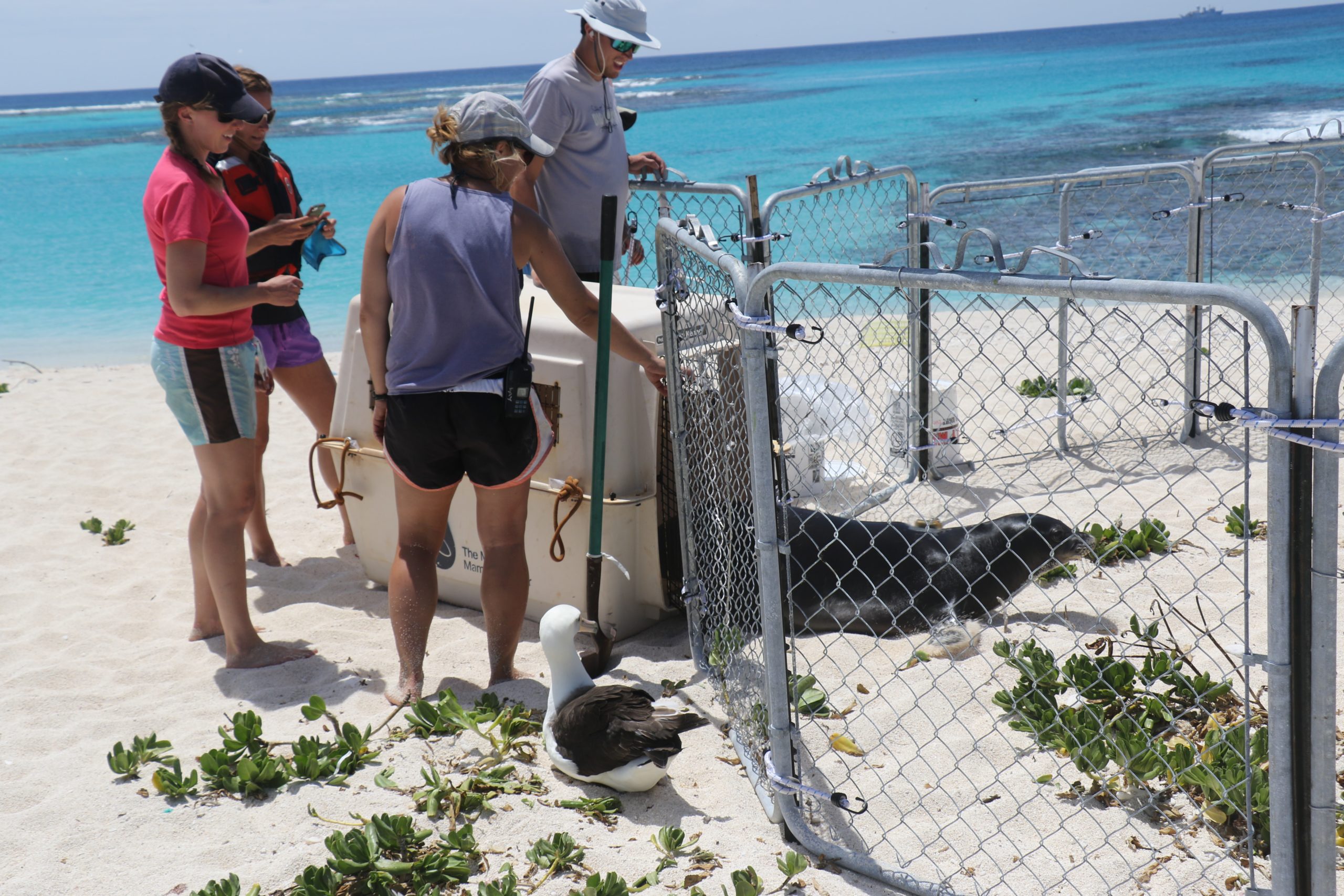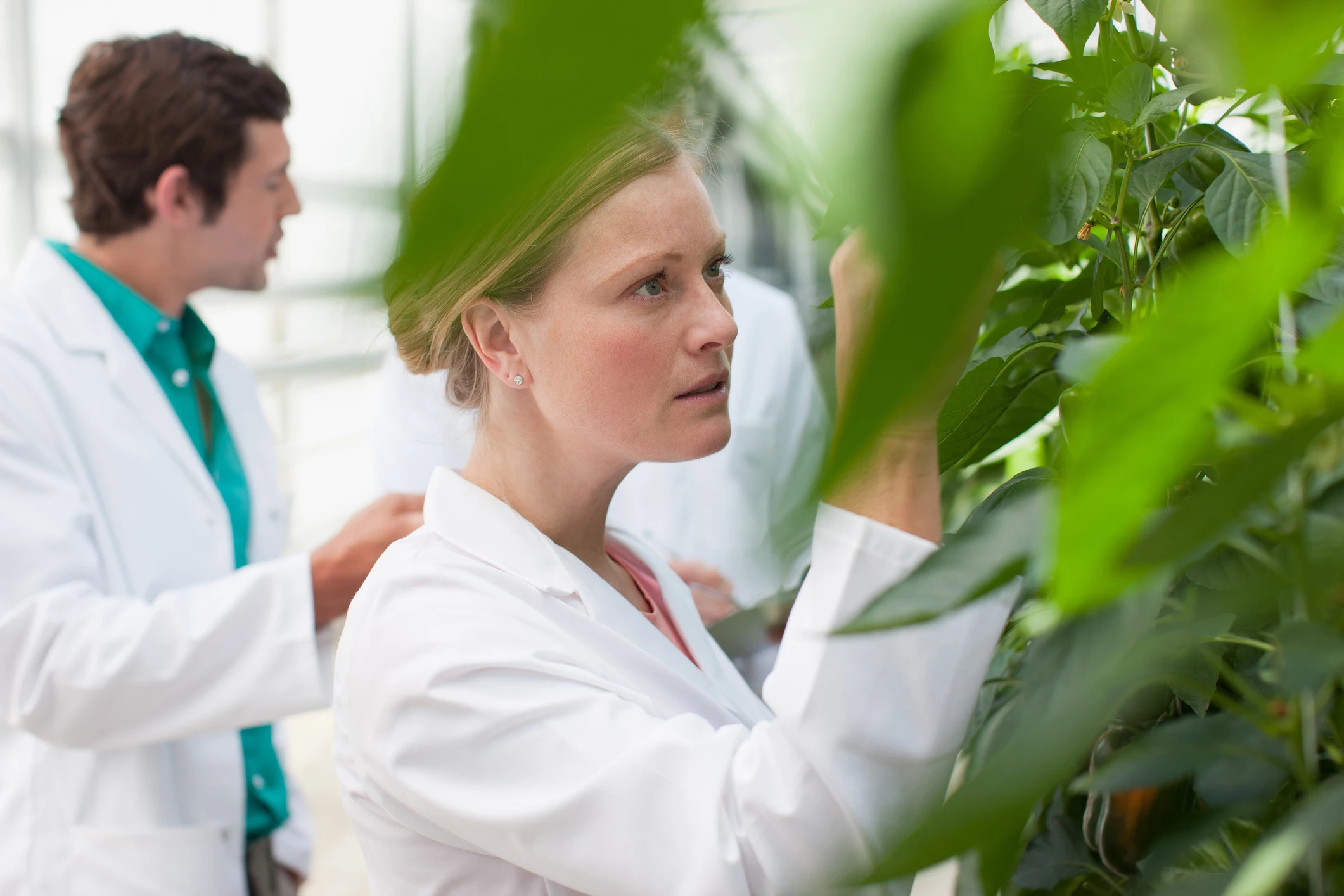
To support the DNA barcoding communities of European nations, to conduct impactful DNA-based biomonitoring, to sustain and improve planetary biodiversity.

“European researchers have played a central role in the iBOL consortium since its launch in 2010. iBOL Europe will amplify these impacts by coordinating a scientific community with the capacity to reverse the loss of biodiversity. It’s a model for the rest of our world.”
Paul Hebert
Canada Research Chair in Molecular Biodiversity, University of Guelph
Scientific Director and Board Chair, iBOL
